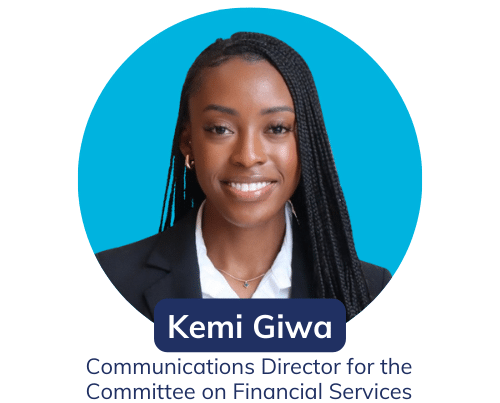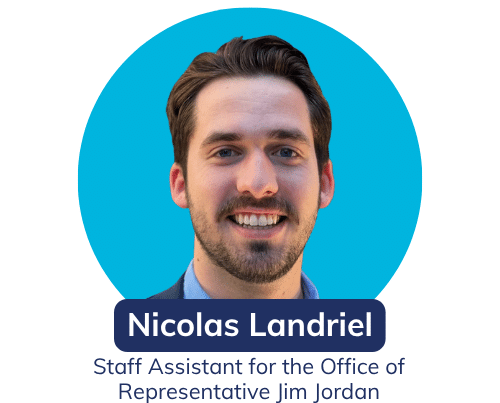
- Around 2/3 of tech employees have advanced degrees while less than half of committee staffers do
- The most common degree by far is a law degree (J.D.). Some start in D.C. before heading to Silicon Valley
Silicon Valley is home to some of the largest tech companies in the world, with some of the brightest minds working to advance the way we live. While this may be a central hub for innovation, around 3,000 miles away policymakers meet to decide how to regulate the technology sector. Some have similar career and education histories but choose different paths that allow them to work in both the public and private sectors. Even though technology is typically created in corporations, policymakers influence aspects from design to production to innovation. Leadership Connect looked deeper at employees with the top 100 technology companies and House Science, Space, Technology Committee and Senate Commerce, Science, and Technology Committee, and evaluated commonalities.
Education helps build the careers of both technology wizards and policy wonks, but do these sectors have much in common?
Leadership Connect turned on its data engine to do a breakdown of where everyone began. Among the similarities between the technology and committee employees are people receiving degrees from Stanford University. Both committees had six different degrees from Stanford, and employers from the top 100 technology companies have 85 different degrees from there. People who work at these technology companies are more likely to have an advanced degree. Almost two-thirds of the tech people analyzed had advanced degrees, while just under half of the committee staffers had advanced degrees. The most common degree between both groups was a Juris Doctorate (J.D.) from a law school.
Some of the significant differences were where all of them received their education, such as the division between public institutions and Ivy League schools. The most common university attended by the top technology companies is Harvard University, while those on the committee are more likely to have attended George Washington University. This data backs up our previous findings in other pieces about how George Washington University is the most common place for those working on Capitol Hill to receive a degree. The top five universities that employ the top 100 tech companies are Harvard University, Stanford University, the University of California system; more specifically, the University of California Berkeley, and George Washington University. With the committee staffers, the top five universities are George Washington University, Stanford University, Massachusetts Institute of Technology, the University of Chicago, and the University of Florida.
While these differences are noticeable, there are still many similarities among these groups, like law offices, Capitol Hill, and federal agencies. Z.J. Hull is currently with Apple Inc. as its policy counsel, but previously spent eight years working with Rep. Zoe Lofgren (D-CA, 19). Another example is April Jones, who previously worked with the Offices and Bureaus Federal Communications Commission and Sen. Amy Klobuchar (DFL-MN) before her current position as the Senior Government Affairs and Policy Counsel with Apple Inc. While some may say there is not much in common between technology and public service, these sectors are much closer than one might think.
Connecting the two types of work is essential; technology firms must know how to follow regulations to prevent lawsuits or investigations. Congress acts as the legislative branch to protect devices and people from potential harm and fund some of the projects through grants. For these groups to keep prospering, they need to focus on building their relationships with each other to keep people safe with innovations that can change our lives. Relationship building and upkeep are crucial to success across public and private sectors as they both need each other to succeed.






